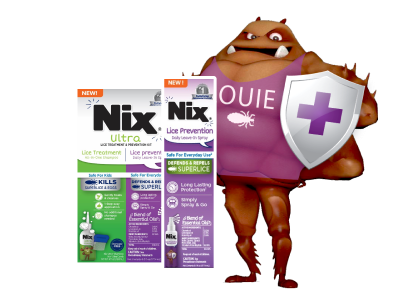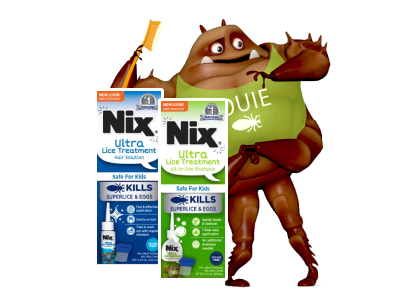
How to Tell the Difference Between Head Lice & Superlice
No one likes to hear that their child has head lice, but hearing the term “superlice” can immediately trigger some fear and raise a lot of questions—number one being “What are superlice?”
We’re here to quell any fear and answer your questions. The key when any lice outbreak appears is to be informed and be vigilant for these tiny pests.
Regular Lice vs. Superlice: What’s the Difference?
Superlice do not look any different than regular head lice. In fact, they can only be identified by their resistance to traditional lice treatments. This is because lice have evolved over time and genetically mutated to become resistant to the active ingredients in some pesticides and lice treatment products.
The big drawback is that there is no way to know if your child has superlice or regular head lice until you’ve tried a regular course of treatment and the lice are still there. You want to make sure you follow treatment instructions exactly, so that if the lice survive, you know it’s because they are the dominant head lice species, superlice, and not because the treatment wasn’t administered properly.
What to Do If Your Child Has Superlice
Don’t worry, as lice evolve, so do lice treatments. Traditional lice treatments contain insecticides like pyrethrin and permethrin, but since superlice have become resistant to these traditional treatments, the best way to kill both lice and superlice is with a pesticide-free formula that is safe and effective. Nix® Ultra products are pesticide-free, designed specifically with mineral oil to suffocate and kill superlice, lice and nits (eggs).
If over-the-counter lice treatments don’t work, call your child’s doctor for guidance. Prescription medicines approved by the FDA to treat lice include ivermectin (SKLICE), benzyl alcohol, malathion and spinosad.
How Do Superlice Spread?
Remember, regular lice and superlice are the same—except for the fact that superlice can survive some traditional lice treatments containing chemicals. The symptoms of a lice infestation are the same, and superlice spread the same way regular head lice do. They cannot jump or fly, but they can fall or crawl onto bedding, sofas and chairs, clothing, and other people’s heads.
To wrap things up with some good news, because lice and superlice are so alike, you can prevent them the same ways. Read “7 Tips to Prevent Lice in School, Sports and Summer Camp” and share the information with your kids.



